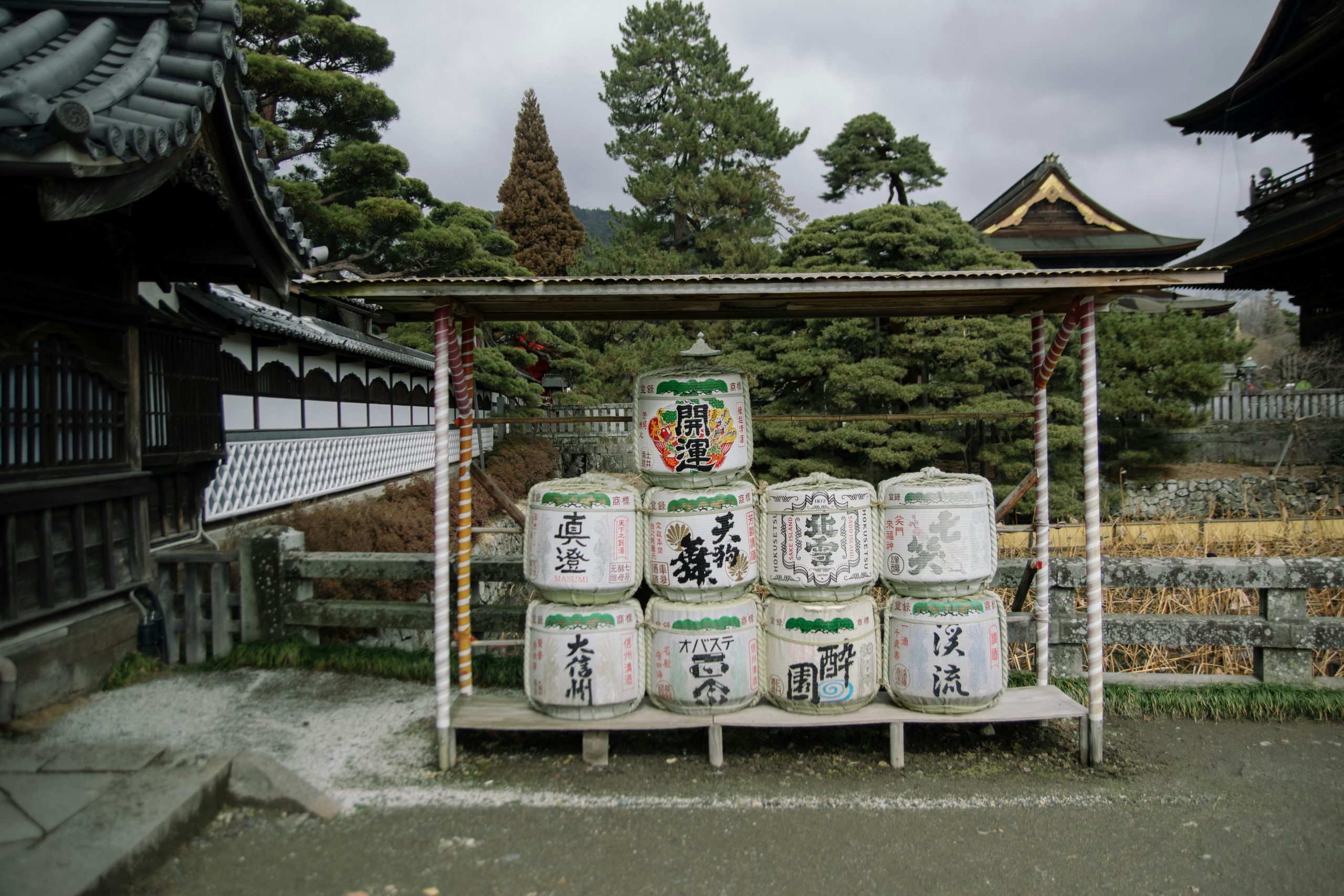Japan is facing a growing crisis in rice production due to a combination of aging farmers, declining rural populations, and increasingly erratic weather patterns driven by climate change.
As domestic yields shrink and consumption remains stable, the country is expected to become a significantly larger rice importer in the coming years.
This shift has major implications for international trade, commodity pricing, and the global rice supply chain.
Shrinking Domestic Supply, Growing Dependence on Imports
Japan has long prioritized rice self-sufficiency for cultural and strategic reasons, with heavy subsidies and protectionist policies aimed at shielding local farmers.
However, decades of rural depopulation, labor shortages, and falling profitability have taken a toll. In 2024, rice output fell by over 10% in key growing regions, driven by floods and heatwaves that damaged crops during critical growing periods.
Forecasts suggest that by 2030, Japan could double its rice imports to over 300,000 tonnes annually — a substantial shift for a country that has traditionally relied on imports only to supplement shortfalls or meet specific demand for non-Japanese rice varieties.
If poor harvests persist, this figure could rise even further.
Opportunities for Global Exporters
This development presents a clear opportunity for rice-exporting nations.
The most immediate beneficiaries are likely to be the United States, Thailand, and Vietnam — all of which already export rice to Japan under tightly regulated quotas.
U.S. medium-grain rice, which is similar in texture to Japanese varieties, is particularly well-positioned to expand its market share.
Other countries that grow Japonica or Japonica-like rice — such as Australia, Italy, and South Korea — may also see increased demand, especially if Japanese preferences remain geared toward rice with specific taste, stickiness, and moisture content.
Countries capable of adjusting production toward these characteristics could find new markets opening.
Changing Importer Profile and Trade Dynamics
With Japan transitioning from a protectionist buyer to a more active importer, the profile of international rice traders and logistics firms involved in East Asian food supply chains is likely to evolve.
Japanese firms that previously operated domestic distribution only may begin building relationships with overseas producers, increasing direct sourcing and long-term contracting.
Furthermore, Japanese consumers — especially younger ones — are showing greater openness to non-domestic food products, suggesting a potential broadening of acceptable rice origins and types.
This cultural shift could reduce resistance to imports, further boosting demand and diversifying suppliers.
Substitutes and Commodity Price Movements
If Japanese rice remains scarce or expensive, domestic consumers and food producers may look for substitutes such as:
- Short-grain rice from the U.S. or South Korea
- Medium-grain rice from Spain or Egypt
- Blends of Japonica and Indica rice for processed foods
- Alternative staples like noodles or bread in food manufacturing
As Japan competes with other major buyers — like China, the Philippines, and Indonesia — for high-quality rice, prices for short- and medium-grain rice are likely to rise globally.
Exporters may shift production away from lower-margin Indica varieties to meet this growing demand, potentially tightening supply elsewhere and pushing prices up for substitute products.
